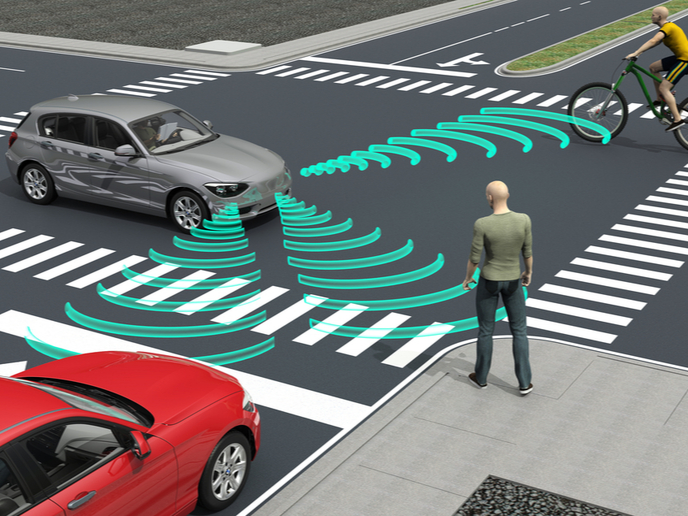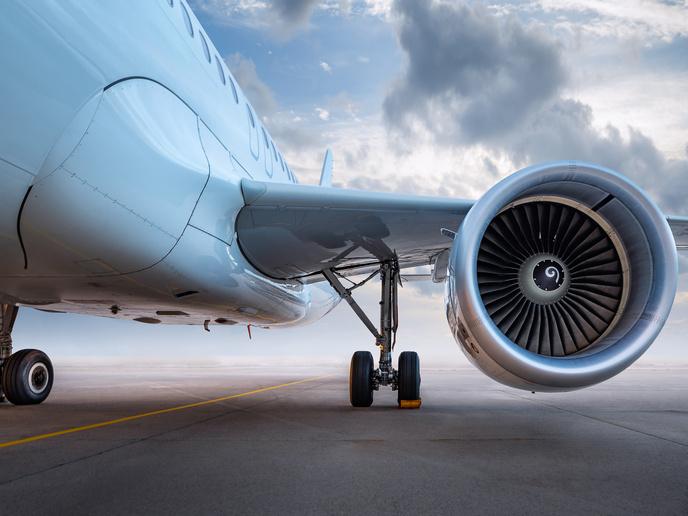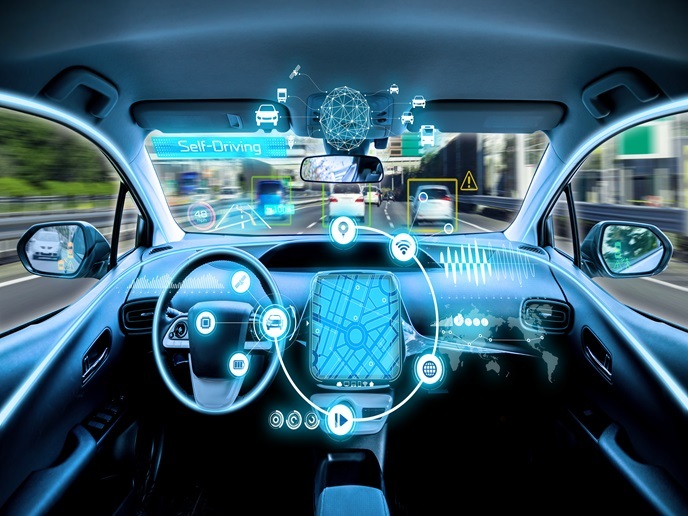New disruptive system enables rapid maintenance checks of rail network
Railway infrastructure maintenance includes an exhaustive visual inspection of the catenary (overhead line) by an operator, which involves walking the whole network at least twice every year. These visual inspections are very costly, relatively inaccurate and often block the lines undergoing inspection for considerable periods, thereby reducing the network’s productivity and competitiveness. On average, the rail sector spends EUR 39 600 per kilometre of track on rail infrastructure maintenance, which accounts for 38 % of total operating expenses. Since the EU has around 111 000 kilometres of railway infrastructure, total annual maintenance costs are over EUR 4 356 million. To become more competitive, Europe’s rail sector must find ways to reduce these costs. The EU-funded project tCat addressed this challenge, developing an innovative system that dramatically reduces maintenance costs related to overhead line equipment (OLE). “Our novel rail trolley is a real-time mobile mapping solution that facilitates and speeds up the design, installation and maintenance of overhead lines and supporting infrastructure that power electric trains,” says project leader Cesáreo González Álvarez.
Easy to transport and use
Researchers updated an existing prototype developed by the Spanish company Telice S.A which is much faster in conducting the mobile mapping of OLE operations in real time. “The initiative enabled us to conduct a major technological upgrade of our tCat measuring trolley, which dramatically improved its measurement speed and has been tested in real operational environments,” explains González Álvarez. The lightweight (about 26 kg) all-weather measuring trolley is foldable and easy to assemble in the field and includes light detection and ranging (LiDAR) sensors for use in the 2D profiling of the track environment. It also includes inertial measurement unit sensors for measuring track parameters and a global navigation satellite system for the positioning of static measurements. In addition, the trolley employs machine learning algorithms for statistical data processing and the automation of the extraction of some parameters. tCat can also be connected to a cloud platform, where a remote user can access the information captured in the field. The data is then used to create customised reports such as pole and midspan profiles, and height and stagger tables and graphics.
A major step forward
The system provides instant measurements of the height and stagger of the overhead contact wire, as well as other geometrical parameters such as clearances, odometer readings, railway track cant (crossing level), and slope (longitudinal level). According to González Álvarez: “Mitigating risks, operational delays, shutdowns, wasted costs, time and productivity is now inexpensive thanks to tCat.” Tunnel surveys can also be conducted for projects involving the electrification of existing non-electrified railway lines. “tCat produces as-built tunnel section profiles of old tunnels for defining tunnel clearance requirements in OLE designs. It can also determine the track’s position relative to the surrounding structures to ensure the train’s safe passage through the tunnel and whether the tracks are free of vegetation,” comments González Álvarez. Thanks to tCat OLE Mobile Mapping system, processes can now be performed between 5 and 6 times faster, reducing costs up to 80 %. This makes it a disruptive and unique solution in terms of cost savings and preventive maintenance operations. “The project also enabled us to reach stakeholders in Spain, UK, US and other countries who provided key insights for product development and will continue to provide feedback on further improvements,” González Álvarez points out.







